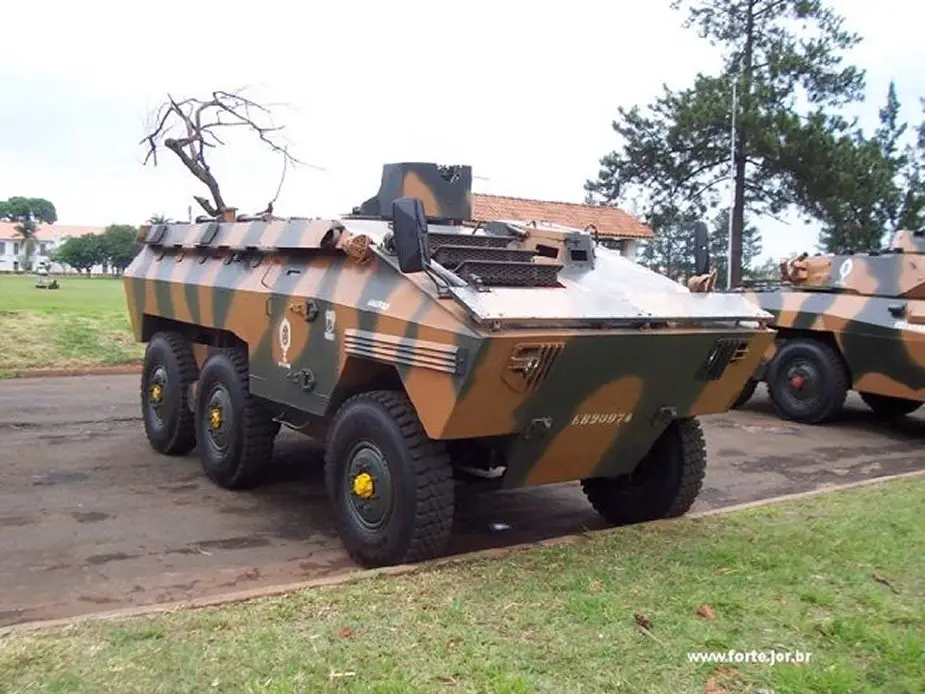The Venezuelan Marine Corps is preparing to receive a modernized and repowered fleet of Engesa EE-11VE Urutú wheeled armored personnel carriers.

Engesa EE-11VE Urutú armored personnel carrier before refurbishment (Picture source: Forte.jor.br )
Acquired in 1984, the Marine Corps operates approximately 37 Urutú vehicles in total and recent reports indicate that the entire fleet is undergoing modernization. The vehicles are planned for staggered re-entry into active service throughout the coming year. Launched in 2014, the roughly $25 million modernization program involves the replacement of the vehicles' engine, gearbox and suspension systems and modernization of their amphibious and optical capabilities. The program was implemented primarily by Venezuelan state military-industrial institutions with new components sourced from international contractors.
The EE-11 Urutu is a Brazilian-made amphibious armored personnel carrier based on the drive train and chassis components of the EE-9 Cascavel armored car and initially emerged as part of a project to develop an amphibious troop-carrying counterpart to that vehicle for the Brazilian Army and Marine Corps (CFN). The first pre-production models entered service with the CFN in 1973 and serial production commenced the following year. While the CFN declined to adopt the EE-11 Urutu in large numbers, the Brazilian Army was more forthcoming and purchased 223; these entered service in 1975.
The Urutu was the first fully amphibious armored vehicle developed in Brazil; it can propel itself through water at speeds of 8 km/h via twin propellers. Urutus proved to be extremely popular in the Middle East, particularly with Libya and Iraq, both of which purchased large numbers to complement their fleets of Cascavel armored cars. Iraq deployed its Urutus during the Iran–Iraq War, which became, in effect, a proving ground for the vehicle type. A number of specialized variants were later developed for internal security purposes, vehicle recovery, air defense, cargo transport, and medical evacuation. One hybrid variant was modified to accept the same 90 mm turret-mounted cannon as its Cascavel counterpart; this was marketed unsuccessfully to the United States Army as the Uruvel. Urutus were once operated by over thirty national armies and security forces worldwide.














